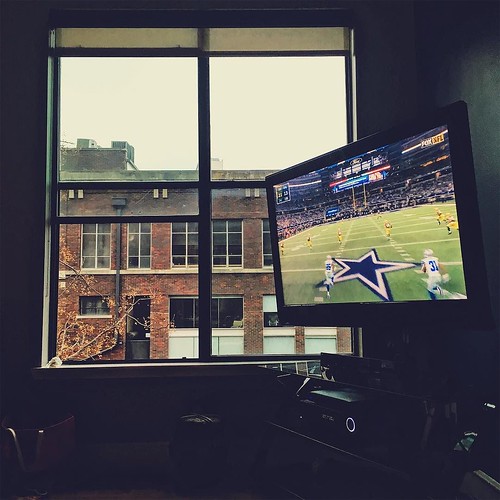All protocols involving mice ended up evaluated and accredited by Florida Worldwide University’s (FIU) Institutional Animal Treatment and Use Committee and performed below veterinary supervision. Reworked cells (p156) and a corresponding WT handle (p178) employed for xenograft assay were initial screened 3x on Matrigel invasion assay for aggressive phenotype enrichment. Cells that had invaded the matrix at the finish of 72 hrs and fashioned a monolayer at bottom effectively ended up cultured and re-confirmed on colony assay for anchorage independent development. Upon verification, cells were suspended in five mg/ml Matrigel these kinds of that every single injection of one hundred ml bolus contained 56106 cells. Cell suspensions were injected subcutaneously into six week old NCr homozygous nude mice (NCI, Frederick, MD). Tumor development was monitored by palpation, and the onset when tumors have been detectable was noted. Tumor dimension was measured with calipers, and tumor quantity was calculated assuming the form as ellipsoid.
Clonogenic enlargement and invasiveness of four-OH-E2 transformed MCF-10A cells. Many 4-OH-E2 transformed MCF-10A colonies from each delicate agar were picked up at the finish of 21 days and have been additional cultured in media with ten% FBS (specified as a standard media -RM). Clones that survived up to the KDM5A-IN-1 twenty first passage have been assessed for deciding whether these cells have retained anchorage impartial expansion homes. Cells ended up fed twice per 7 days and cultured for 21 times. Clones that had been hugely clonogenic (P21) ended up selected and the invasive residence of this clone (MCF-10AT15) was analyzed by invasion assay in BD BioCoatTM MatrigelTM Invasion Chambers in the presence of both progress supplemented media ( SM) or media with only ten% FBS (RM) (Higher Panel). We also seeded these cells (Lower Panel) in a glass chamber simply because MCF-10A cells do not attach quite well to glass in the first 164 hrs.
Tissues mounted in formalin have been embedded in paraffin, lower at 5 mm thickness, mounted on positively billed glass slides, and stained with hematoxylin and eosin for histopathological evaluation. For Ki67 fluorescence immunocytochemical analysis, tissue sections ended up deparaffinized, rehydrated and immuno-labeled as follows. Antigen retrieval was carried out by very first boiling antigen retrieval 24171552buffer (ten mM Sodium citrate, .05% Tween 20, pH six.) in a microwave. Slides ended up then put within the sizzling buffer for 30 min. Tissue sections were then incubated in diluted typical blocking serum for twenty min. Excess serum was blotted from the slides and the sections have been incubated with anti-human Ki67 antibody (DakoCytomation Colorado Inc., Fort Collins, CO, Usa). Right after incubation for 3 hrs, sections had been washed in  buffer and incubated in Alexa Fluor conjugated secondary antibody for one hr. The confocal fluorescence pictures have been scanned on a Nikon are neoplastic, we picked a handful of colonies from the anchorage unbiased progress assay and cultured them regularly in progress issue diminished media, then assessed cells periodically for their potential to form spheroid constructions in collagen coated .22 mm transwell inserts, or in a rotary vessel employing HuBiogel, a mimetic of human stromal matrix. We located that in excess of progressive passages, the clones in collagen matrix assumed a more heterogeneous weakly reworking metabolite of MCF-10A cells (Fig. 2 and Table 1).
buffer and incubated in Alexa Fluor conjugated secondary antibody for one hr. The confocal fluorescence pictures have been scanned on a Nikon are neoplastic, we picked a handful of colonies from the anchorage unbiased progress assay and cultured them regularly in progress issue diminished media, then assessed cells periodically for their potential to form spheroid constructions in collagen coated .22 mm transwell inserts, or in a rotary vessel employing HuBiogel, a mimetic of human stromal matrix. We located that in excess of progressive passages, the clones in collagen matrix assumed a more heterogeneous weakly reworking metabolite of MCF-10A cells (Fig. 2 and Table 1).